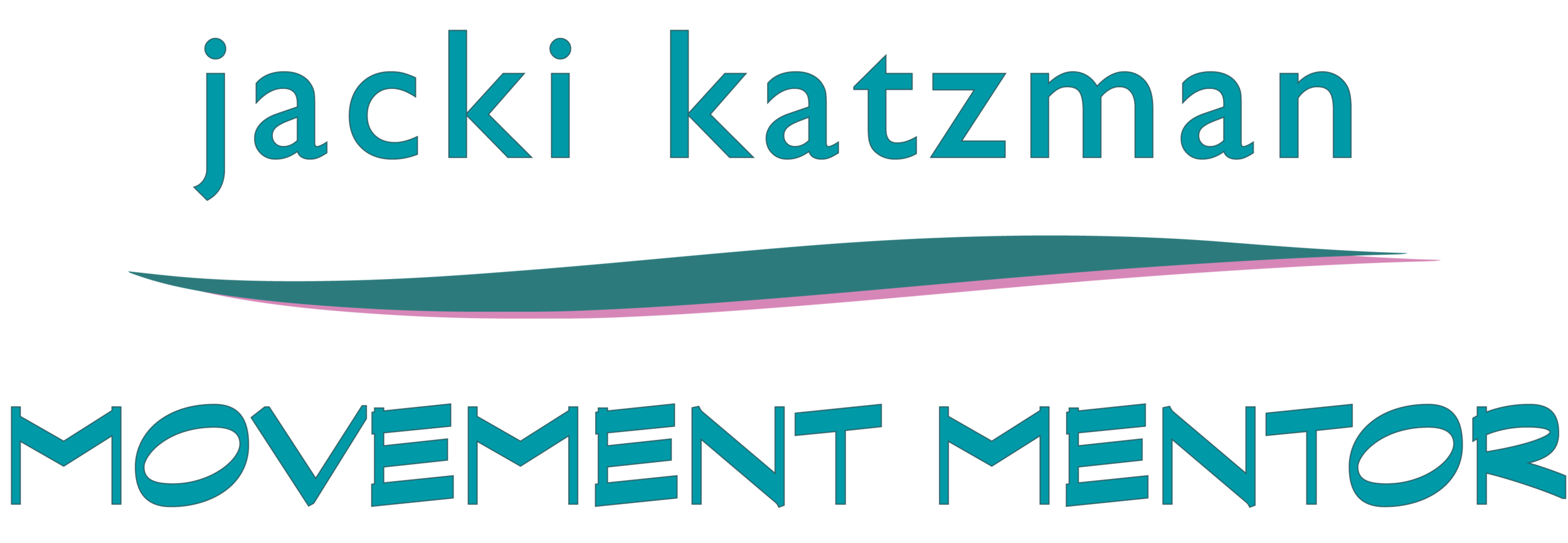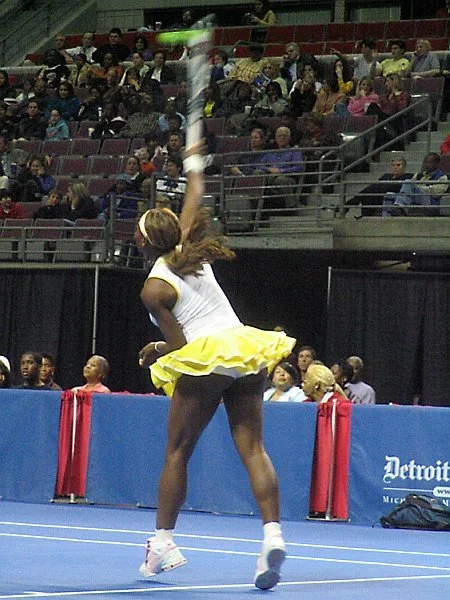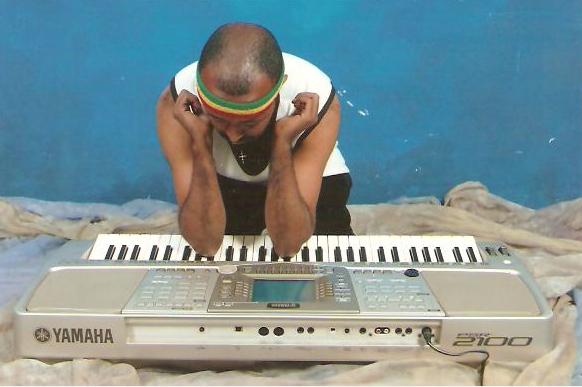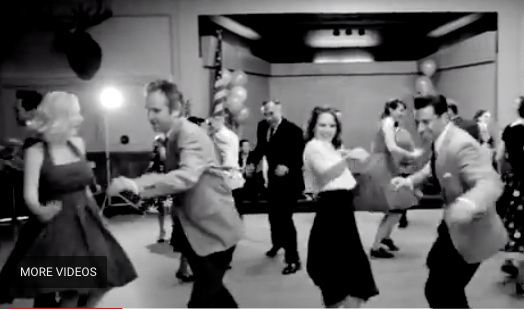REcentering for sports and sanity
“Life is not a stable process. Our ability to recover is our greatest quality.”
Feeling spun, off balance, akimbo, floating, sinking, dizzy, sunken? Our bodies are different today from last year. More or less fit, more or less adipose, injuries new or healed, different life circumstances and interests. Sense into and re-inhabit today’s body to do what you love with grace.
Time to ReCenter with ATMs focused on resilience, rebalance and ReCentering.
ReCentering for Sports and Sanity - 1 - Bow to the Center
Straight to the Core
Variations on “Center Plane and Bowing” as taught by Andrew Gibbons
With “Bowing to the Center” we go right at it with an intent focus on the centerline.
Imagine an energetic plane running front-to-back, down the centerline, dividing left and right. Hold that line as you slowly, slowly, slowly (slowly is the key) bow forward, back, and with slight twists to tune into the micro-adjustments that keep you on keel.
This lesson spotlights the connections of breath, eyes, jaw, neck, rib and pelvic side-to-side balance, sternum-to-spine connectivity, and distribution of weight in the elbows, feet and legs to center.
Set Up:
Seated on a flat-bottom, armless chair. Thighs and hips level. Use a folded blanket on the chair to raise the hips, on the floor to raise the feet.
ReCentering for Sports and Sanity - 2 - Transition Point
The Magic Moment of Dropping Into Center
A variation on the “Dual Pelvic Clocks” lesson from Alan Questel
Seek the point around which all turns. Feel for the low point into which all flows. Holding that point of stillness is the essence of all sports training. And most meditation, mindfulness, gratitude practices.
The session begins on the center point of the pelvic floor, with a chance to feel into the circle that surrounds this center of gravity.
Then, the clock divides with each new circle centered on a sit bone. (Or, if you are exploring different center points, the eyes or nipples.) Explore each of those circles individually, and then slowly, slowly (another SLOWLY lesson) experiment with how the two circles relate to each other horizontally, diagonally, and vertically.
Note: For this recording, students were lying down. In truth, this lesson is much more effective in sitting. If you choose to sit, come to the edge of your chair whenever you hear ‘bend your knees and stand your feet.’
Set Up:
Seated on a flat-bottom, armless chair, knees and hips even
OR seated on mat on floor, leaning back, supported by hands, legs softly long, knees bent
ReCentering for Sports and Sanity - 3 - Spine Like A Wave
Variations on the “Connecting the Spine” lesson as taught by David Zemach-Berson
Every vertebra in the spine has a unique, central function. This lesson is a game of connecting the dots down the center line for wavelike spinal action. Apply this in your kayak, serving a tennis ball, swinging the club, swimming, etc.
“Central orientation (swinging, running, jumping, throwing) is rarer than it used to be – we’ve decentralized our ancient patterns and use our fingertips and extremities more.”
This is a side-lying lesson. Both sides, actually. We will start with isolated movements, but will end with a full body undulation that starts in the hips and rolls all the way up to the jaw and eyes.
Set Up:
Side lying on mat with support for cheek so nose and sternum level; a bolster between knees
ReCentering for Sports and Sanity - 4 - Meeting in the Center: Diagonals Front and Back
Connecting the Corners to the Centerlines
A variation on the “Four Corners” Lesson
This lesson hones in on the same-side (homolateral) and opposite-corner (diagonal) relationships to the center lines, both left/right and front/back. When the connections to center are clear and the hips are grounded, the upper body can move freely without falling out of the pocket.
You might remember it as the “bungee” lesson, where the game was to connect a bungee cord from the shoulder-to-opposite-hip and shoulder-to-same-hip without distorting the line. This time, try focusing on where the bungee crosses the left/right center line, AND how to balance the front and back weight of the body at the same time.
Set Up:
Lying supine on a mat on the floor or sitting on a firm bottom chair
Domino Santantonio Covers Cyndi Lauper; holding her center keeps her in the pocket!
ReCentering for Sports and Sanity - 5 - Playing From Your Elbows
Proximal and Distal = Centered and Distant = Spine and Fingers and Toes
Adapted from “Classical Mechanics - Playing with The Elbows” Lesson by Andrew Gibbons, GCFP
This lesson, taught by former concert pianist and ATM teacher Andrew Gibbons, novelly exploits the proximal/distal relationship to bring attention to the core.
He does it by ‘halving” the arms. With the hands draped over the same side shoulder, the elbow becomes the tip of the arm, and all the movements of the arms require intense involvement of the back, shoulder blades, sternum and ribs. In other words, ReCentering.
The lesson guides students to rock on the sit bones to approach the keyboard, to rotate the torso to align with the direction of motion, and engage the spine and shoulder blades consciously.
Geteye Abebaw, Eithiopia, plays piano with hsi elbows source: https://www.ezega.com.
ReCentering for Sports and Sanity - 7 - Inner and Outer Space
Find your place in space
Adapted from “Re-education of the Eyes, Esalen 1972 Series” by Moshe Feldenkrais
It’s an adventure to inner and outer space.
It’s an eye lesson, similar to, but different from, any eye lesson we’ve done before. It includes looking left, right, close up and very, very far away.
Our focus is on relating to your center of inner space and your relationship to all of outer space (To infinity and beyond … to mix metaphors).
Nichelle Nichols as Lt. Nyota Uhura in the original Star Trek television series. (CBS)
Set Up:
Lying on the floor on a comfortable mat
Sitting on a flat-bottom chair with knees and hips level. You might like a chair with a (padded if you like) back to lean into
Scan includes looking at something detailed and near, and something far; you might want something printed for ‘near’ and something bold for ‘far’
The lesson includes rests in standing; make sure you can safely get up from floor to standing with eyes closed
ReCentering for Sports and Sanity - 8 - Twist Around Center
Coming at one end from the other, and where we find the middle
Adapted from “Coordination of the Flexor Muscles and of the Extensors” by Moshe Feldenkrais
Where your twist flows or is blocked is valuable information on how that part of the spine helps or hinders your ReCentering.
Twist again, better than ever. The classic “Flexors and Extensors” lesson is the launching point for this ReCentering exploration of the infinite number of ways the spine twists around its axis and the relationships of head and pelvis to maintain balance and stability. ReCentering tools of mirroring left and right, balancing front and back, and dropping into grounding points, add flavor.
Set Up:
Lying on the floor on a comfortable mat
Sitting on a flat-bottom chair with knees and hips level.
ReCentering for Sports and Sanity - 9 - Tippy Top Tongue
Tongue as the ultimate spine fine-tuner
Adapted from “The Primacy of the Tongue” by David Zemach-Berson
This may be the most subtle ReCentering lesson yet: test how the tongue affects the skull’s, and thus the entire body’s, alignment.
The lesson is part of the “Liberating Your Neck and Jaw” series, created by David Zeman-Berson, GCFT®. It is a seated lesson, bringing gravity into the equation.
What happens to the spine when you stick your tongue far out? What happens to your balance when you poke your inner cheek with the tongue tip? How do the sit bones and ribs respond to that teensy tip of the skull’s weight? Is your tongue necessary for deep concentration? Tune in for some tipsy-turvy results.
Set Up:
Sitting on a flat-bottom chair with knees and hips level.
Position chair so it’s easy to stand from sitting, and so the chair can provide some support in standing
ReCentering for Sports and Sanity - 10 - Everything Right Here All At Once
How Many Centers Can You Rest In At Once?
Adapted from “Classical Mechanics - Poise 4” as taught by Andrew Gibbons
How slow can you go? This basic lesson is a moment to exist in your own multiverse of centers.
Lying on the floor or sitting in a chair, or switching between, find center within center upon center perpendicular to center horizontal to center around center….
It's a ReCentering recap, or maybe a drop-in if you've been away. It's everything all at once.
Set Up:
Sitting on a flat-bottom chair with knees and hips level.
Lying and sitting on the floor
SEASONAL CHECK-IN
What’s Changed, What’s the Same and What Do You Want to Improve
This lesson is a full body survey of all the moving parts; neck, arms in the shoulder sockets, legs in the hip sockets. shoulder blades, left and right side of pelvis, and finally the entire spine.
We begin on the back with an optional segment on the belly. If that isn’t available to you, no problem. The lesson is very adjustable.
Track changes, pay attention to what is the same, and make notes of what you want to concentrate on moving forward.
Set Up:
Lying on a mat. This lesson is both on the back and front. You might want support for the hips for the supine part of the lesson, and padding for hips for the prone part of the lesson.
Sitting on the edge of a chair, knees level with floor. Arms and back on the chair are fine.












